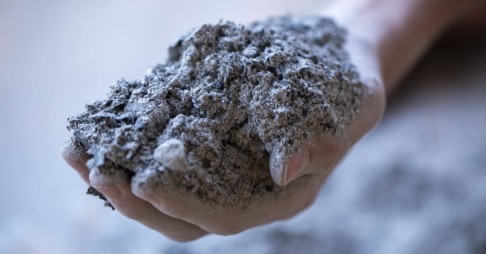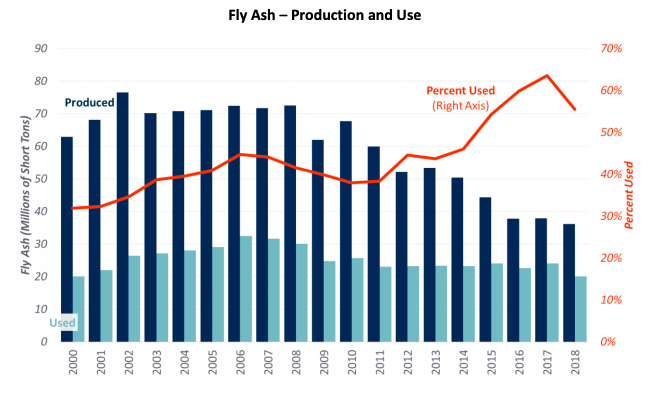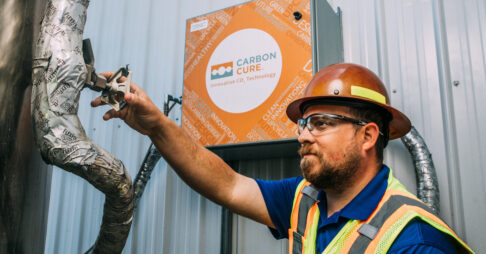Search the words “fly ash” and you’ll see a lot of results - but they all drive home the fact that it’s an essential part of modern construction. It’s used in concrete, hot mix asphalt, grout fill, wallboard manufacturing, and soil stabilization. Fly ash is an integral part of building around the world - and it’s a great utilization of waste materials, helping to expand the circular economy.
Coal - the most abundant fossil fuel on the planet - is used in coal-fired power plants around the world. Fly ash is a by-product of burning pulverized coal in these plants. During combustion, mineral impurities in the coal (clay, feldspar, quartz, and shale) fuse in suspension. The fused material cools and solidifies into spherical glassy particles called fly ash that are carried away from the burning zone in the boiler by the flue gases, and then collected by either mechanical or electrostatic separators.
Using fly ash in construction keeps it out of our landfills, encouraging sustainability across the value chain. Years of research show that fly ash can decrease concrete’s carbon footprint—and its cost—while increasing its strength and workability. Fly ash is typically less expensive than cement, making it a very important ingredient in concrete mix designs for most concrete producers.
It’s flexible, too - depending on the application, the type of fly ash, specification limits, geographic location, and climate, fly ash can be used at levels ranging from 15% to 25% (most common) to 40% to 60% (when rapid setting time is not required), reducing emissions by roughly the same amount—and helping to keep concrete products at an affordable price.
Sounds great, right? But there’s more to the story.
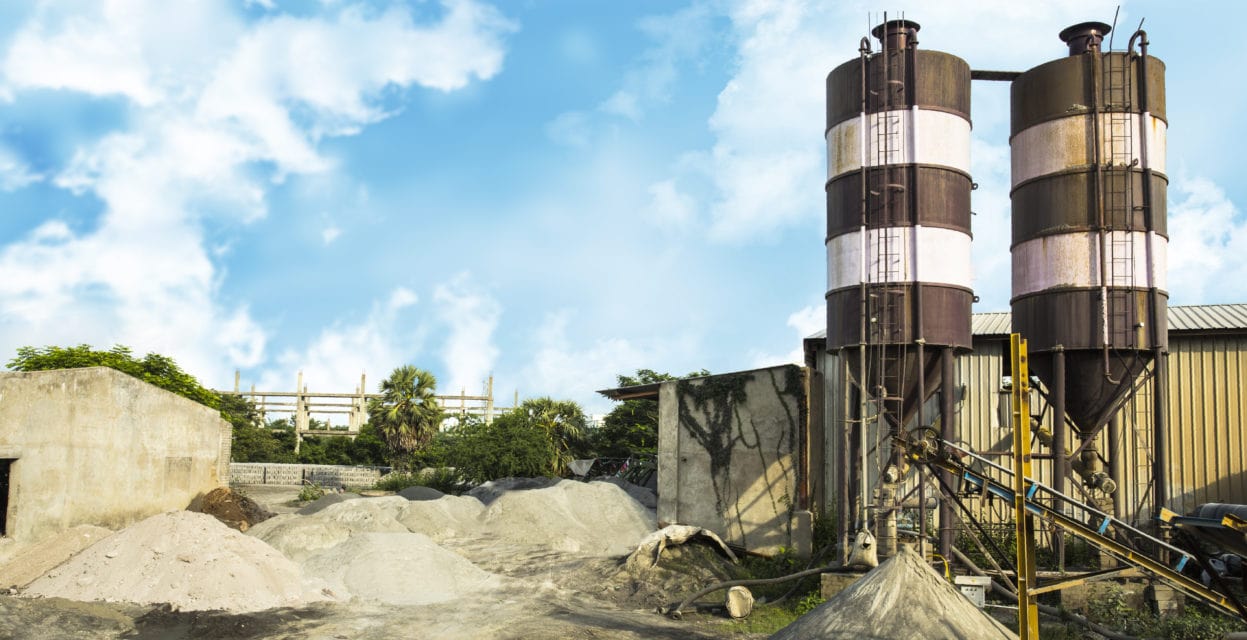
Declining Supply of Fly Ash
We’ve been using fly ash in construction materials since the mid-1900s, but at the same time, we’ve learned that coal fired power plants have a significant negative impact on our planet’s atmosphere. For us to reduce GHG emissions, we’ve got to reduce our reliance on fossil fuels. Governments around the world are taking steps to reduce the impact of coal-fired plant emissions, which in turn is affecting the availability of fly ash in many regions. Several market forces are contributing to the decline in the supply of fly ash and the need for concrete producers to seek viable alternatives.
Between 1998 and 2021, production of coal in the North American country decreased by 12.5 exajoules, reaching a production peak in the former year. Overall, the ACAA estimates that the gap between demand and supply of concrete-grade fly ash is about 25% in the U.S. As well as the disposal of unusable fly ash, the decline of coal as a power source is also contributing to the decreased supply. Coal-fired power plants are declining due to the increasing popularity of renewable energy and cleaner forms of fuel like natural gas.
According to a survey by the American Coal Ash Association (ACAA), approximately 69 million tons of fly ash were produced in the U.S. in 2020, impacted, of course, by the COVID-19 pandemic. Of this, nearly 40 million tons were used in concrete and other applications, with more than half kept out of landfills. The Clean Air Act requires the injection of activated carbon into the combustion steam, which makes the fly ash unusable in concrete. Future forecasts also suggest that coal combustion in the United States will decline by 30.3 million short tons in 2023.
So what does it all mean? It offers concrete producers an excellent opportunity to continue to design performance mixes that optimize cement content, whilst continuing to innovate with other SCMs and solutions in their quality concretes.
Fly Ash Alternatives
In a recent webinar, Adam Auer, President and CEO of the Cement Association of Canada, and Matt Dalkie, Technical Services Engineer at Lafarge Canada Inc., discussed several new cement and concrete technologies that are helping producers meet the demands of the growing low-carbon concrete trend. These technologies can also act as fly ash alternatives.
1. Blended Cements
Portland Limestone Cements (PLCs) use uncalcified limestone in the cement grinding phase of the manufacturing process and can reduce the carbon footprint of concrete by 5-10% and may be more cost-efficient.
2. Other SCMs
Other SCMs also reduce the amount of cement required in a concrete mix, thereby reducing the carbon emissions by up to 30%.
Slag
Slag is a by-product of steel production. Slag reacts with both the water (latent hydraulic reaction) and the hydrated cement paste (pozzolanic reaction) in concrete and can replace 40-50% of the cement in a mix and up to 90% for some specialty applications. The carbon reduction from slag can be up to 30% depending on the replacement level specified.
Silica fume (SF)
SF is a by-product of silicon alloy production. The addition of SF decreases the permeability and diffusion of the concrete and is typically used at replacement levels between 3% and 10%. Replacement levels above 10% can lead to further durability improvements, but the workability and finishability of the concrete can be problematic.
Metakaolin
Metakaolin is a dehydroxylated form of the clay mineral kaolinite and can be used as cement replacement in concrete. Typical replacement levels for metakaolin range from 5% to 10%.
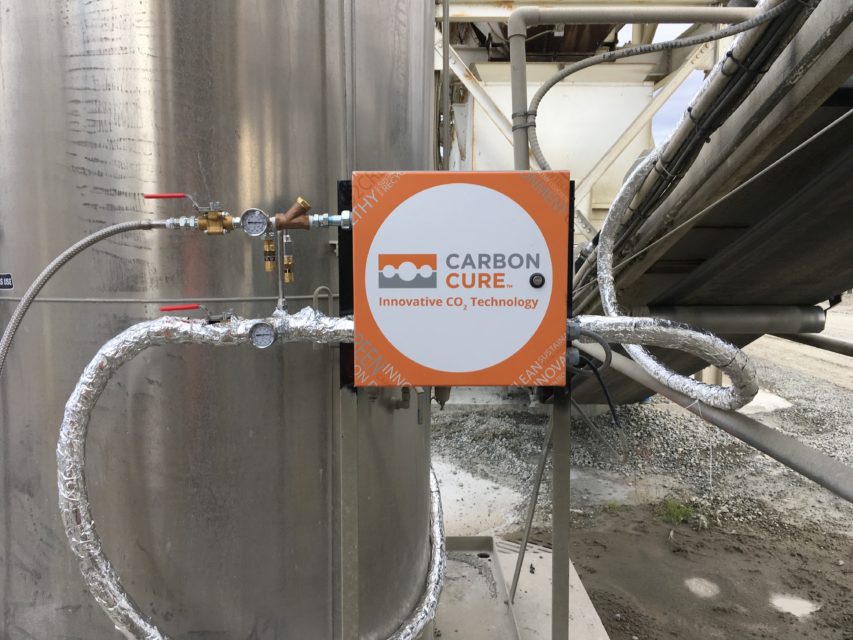
3. Carbon mineralization
Innovation in carbon capture, utilization, and storage (CCUS) technologies enable captured carbon dioxide (CO2) emissions to be injected back into concrete, reducing the need for cement. This technology can be stacked alongside other alternative SCMs in concrete to reduce dependency on fly ash.
CarbonCure is one such solution. CarbonCure’s retrofit technologies can be installed in any ready mix concrete plant today. It injects CO2 into wet concrete in order to maintain its strength and performance. These improvements enable concrete producers to realize cost savings through mix optimization.
If you’re interested in learning more about CarbonCure, contact us.
